Foo Fighters
Buy Foo Fighters With the suicide of Nirvana front man Kurt Cobain abruptly ending what looked like a promising rise for the rock trio in 1994, the group’s drummer, Dave Grohl, decided to write […]
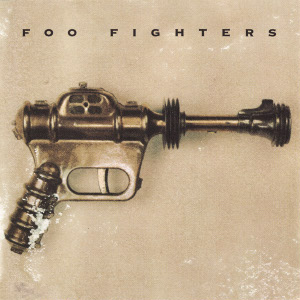
Buy Foo Fighters With the suicide of Nirvana front man Kurt Cobain abruptly ending what looked like a promising rise for the rock trio in 1994, the group’s drummer, Dave Grohl, decided to write […]
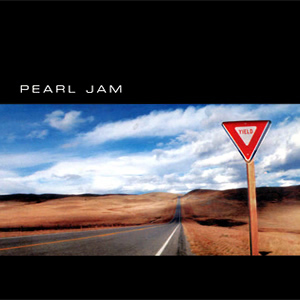
Buy Yield Pearl Jam‘s fifth studio album, Yield, has been viewed as a commercial rebound for the band after a slight drop in popularity during the mid 1990s. The album saw a return […]
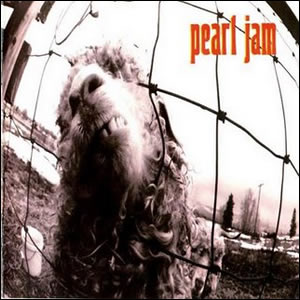
Buy Vs. Pearl Jam tried to strike a balance between embracing their phenomenal success brought on by their debut Ten (our 1991 Album of the Year) and trying to maintain their rigorous standards […]
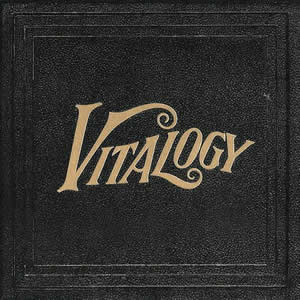
Buy Vitalogy Released in late 1994, Vitalogy is the raw, aggressive, experimental and somewhat bizarre third album by Pearl Jam. The album was produced by Brendan O’Brien, who also worked on the group’s […]
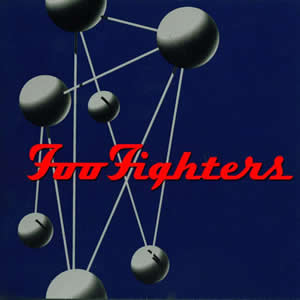
Buy The Colour and the Shape One could argue that Foo Fighters are a better overall group than Nirvana and that their sound is an evolution of the sound that was started earlier […]
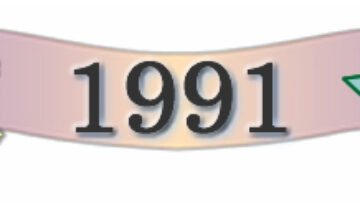
Buy Ten Pearl Jam‘s excellent debut is one of the most potent and indelible of debut albums ever released. The album called Ten was released in August 1991, at the vanguard of a […]
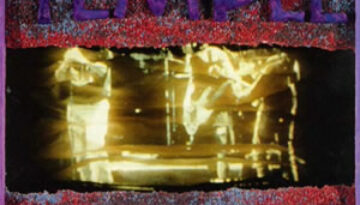
Buy Temple of the Dog Temple of the Dog was sort of a reverse super group in the sense that the group members would go on to play in two of the more […]
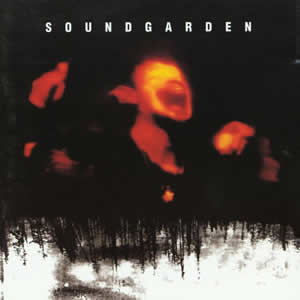
Buy Superunknown Although it was the group’s fourth overall release, Superunknown was the real breakthrough album for Soundgarden in 1994. This release was a critical and commercial success and the 15 track album, […]
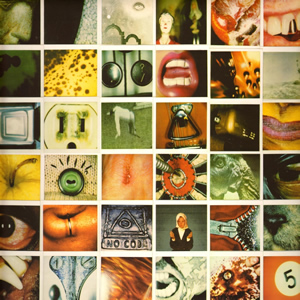
Buy No Code In 1996, Pearl Jam created a stoner rock classic with their fourth studio album, No Code. Here, the alternative grunge pioneers branched out with diverse music tracks which incorporated elements […]
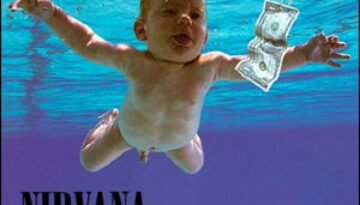
Buy Nevermind I was born on the same day in February 1991 that Kurt Cobain, the lead singer, guitarist, and principle songwriter for Nirvana, celebrated his twenty fifth birthday. Later that same year, […]